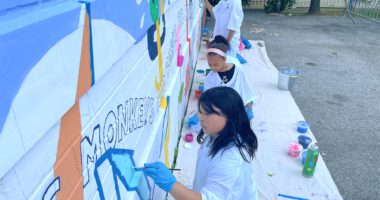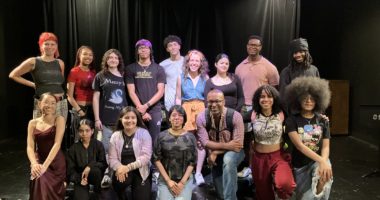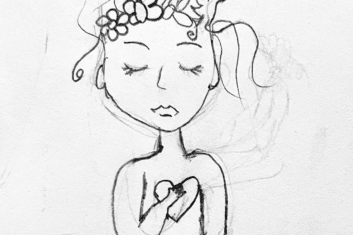While in Community-Word Project’s Teaching Artist Project (TAP), I have learned that the role of the educator is to have the ability to reach students of all learning abilities and backgrounds. There is a level of power and credibility for a Teaching Artist that can facilitate in all classrooms and allow their art form to resonate with their entire audience.
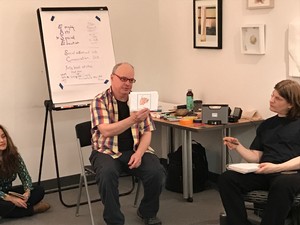
I recently attended a seminar about Universal Design for Learning (UDL), hosted by Marquis Studios, a nonprofit organization that provides arts education services to New York City public schools. This seminar was centered around the philosophy that the role of the educator is to connect to a variety of students. UDL theories are very similar to TAP’s principles of creating lesson plans that encompass and are accessible to the multiple intelligences.


Our facilitator was transparent with his experiences as an educator in New York City public school. In one particular classroom, he had 35 students, all of which were of various ages, spoke a total of 13 languages, and had learners of all kinds of abilities. He explored the importance of creating activities in lesson plans that incorporate movement, sound, and collaboration, which give students artistic agency and allow classes to retain lesson objectives and meet common core standards. The most memorable aspect of this workshop was the closing activity where we created a mural with only Hershey’s Chocolate Syrup as our material. In two separate groups, we collectively created a mural by simply building off one another. This activity is great for students of all ages and learning styles, as it requires participants to be open and relentlessly engage with the chocolate syrup as their main tool. For control freaks like me, this was an opportunity to trust the artistic process of my group. In the end, participants enjoy the chocolate syrup as a treat.
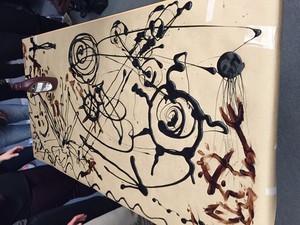

Subsequently, the seminar for UDL acted as an introduction for my experience shadowing Teaching Artists Scott Lilly and Mary Cinadr at P.S 279. This was my first time working with special education students. I was thrilled to witness Teaching Artists that have the ability to effectively implement a universal design for all learning. In this classroom, I noticed that there were supportive paraprofessionals in addition to the Teaching Artists and classroom teacher. I believe the presence of multiple adults allowed each student to access the attention need that they might not receive in a general education classes.
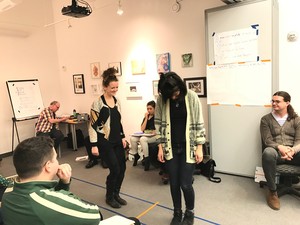

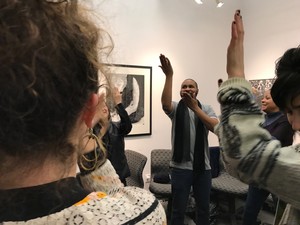

In addition, this was also the day Badu, a fellow TAP member, was facilitating his lesson with the class. The activity called for students to reflect on their current emotions and visualize them in a drawing. There was a student named Benjamin that was sitting apart from the three main tables. I noticed that he couldn’t verbally communicate as clearly when spoken to, but was attentive to the specific colors and the patterns he chose when drawing. I was truly interested in this class and took note of the nuances in this classroom which led me to reflect personally on the stigmas attached to students with special needs when I was growing up. It is possible these stigmas have remained the same. However, I am proud of the work Scott and Mary do when engaging with these students with utmost respect, integrity, and remind students that they are just as deserving of the exposure to the arts.
-Rabih Ahmed, Spoken Word Poet, TAP Graduate

